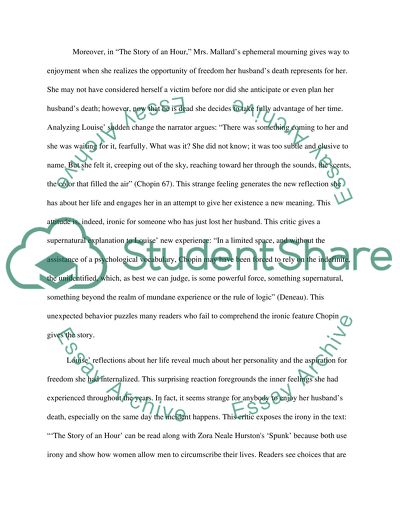Cite this document
(“Irony in Kate Chopins The Story of an Hour Research Paper”, n.d.)
Retrieved from https://studentshare.org/literature/1464440-irony-in-kate-chopins-the-story-of-an-hour
Retrieved from https://studentshare.org/literature/1464440-irony-in-kate-chopins-the-story-of-an-hour
(Irony in Kate Chopins The Story of an Hour Research Paper)
https://studentshare.org/literature/1464440-irony-in-kate-chopins-the-story-of-an-hour.
https://studentshare.org/literature/1464440-irony-in-kate-chopins-the-story-of-an-hour.
“Irony in Kate Chopins The Story of an Hour Research Paper”, n.d. https://studentshare.org/literature/1464440-irony-in-kate-chopins-the-story-of-an-hour.


